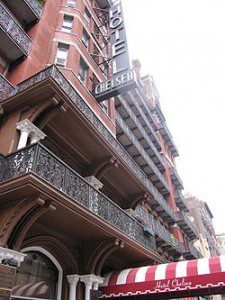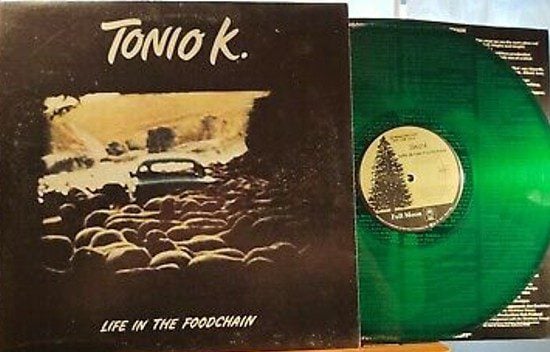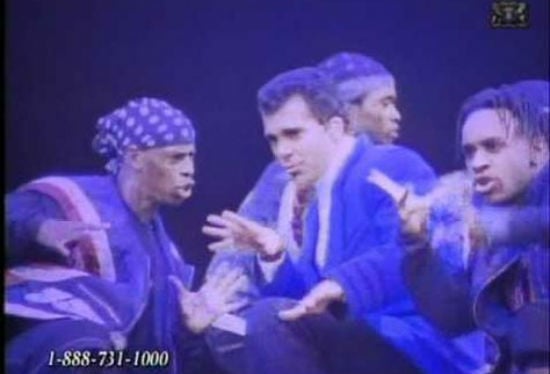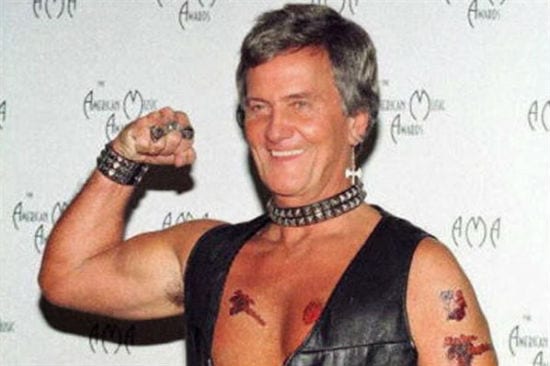http://www.youtube.com/watch?v=AcrqiEIB–o
That’s Pussy Willow playing “We Three Queens,” via Joe Jervis, who calls this, “The first theremin-drag-Xmas song.”
Traditionalist Christians, of course, won’t appreciate what Pussy Willow is doing there. Because it’s still Advent and they shouldn’t be performing Christmas carols until the 25th.
This video from Zack Hunt respectfully features an Advent song: Napoleon Dynamite dancing to Michael W. Smith’s CCM classic “Emmanuel.”
Jim McGrath tells us about a new composition. “The Chelsea Carol” is lovely. I have to admit, though, that when I read that title I was hoping for something else — by Leonard Cohen or Patti Smith or Lou Reed, maybe.
(I’m a fan of seedy New York Christmas songs.)
All of the above is really just an excuse to link again to Richard Beck on “Christmas Carols as Resistance Literature.” Here he discusses “O Holy Night”:
Recall that the song and the French poem were written in 1847. The English version was written in 1855, six years before the American Civil War and eight years before the Emancipation Proclamation. “O Holy Night,” it turns out, was a song of political resistance and protest. Imagine Americans singing in the years leading up to the Civil War the lyrics “Chains shall He break for the slave is our brother; And in His name all oppression shall cease.”
“O Holy Night” as political protest. A Christmas carol as resistance literature.
This is as it should be. Consider the words of the very first Christmas song, Mary’s Magnificat.
He has brought down the powerful from their thrones,
and lifted up the lowly;
he has filled the hungry with good things,
and sent the rich away empty.
And that, Charlie Brown, is what Christmas is all about.













